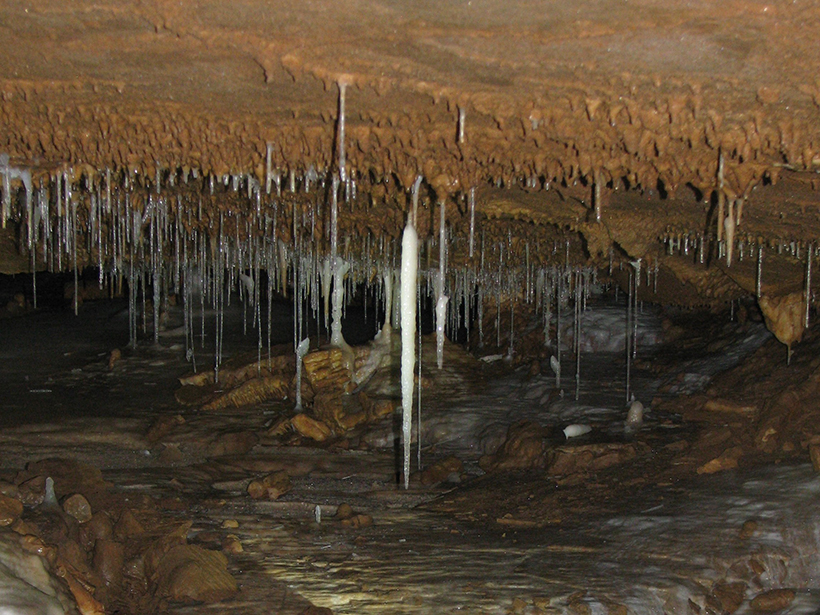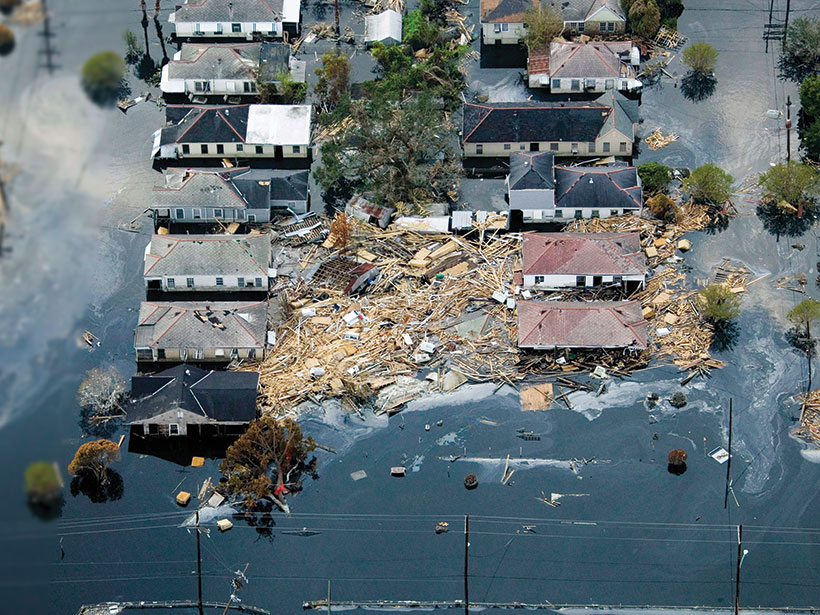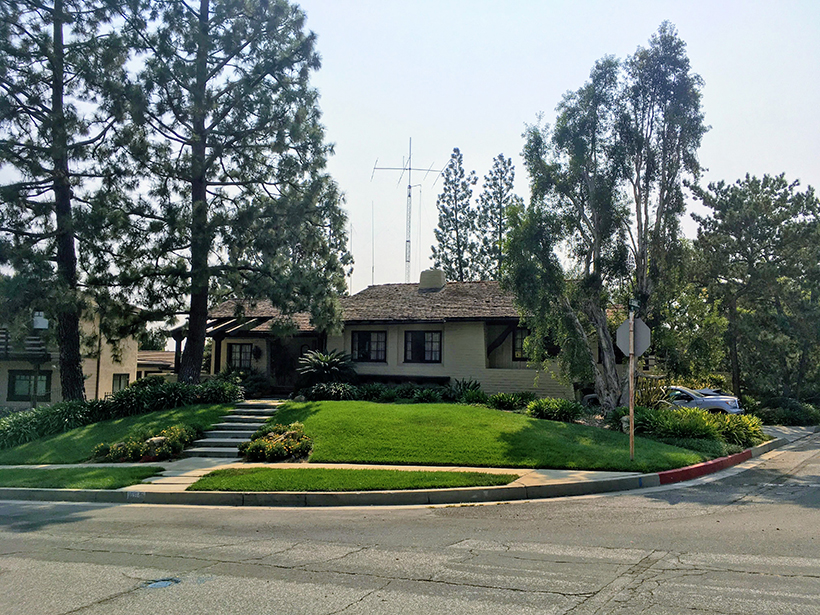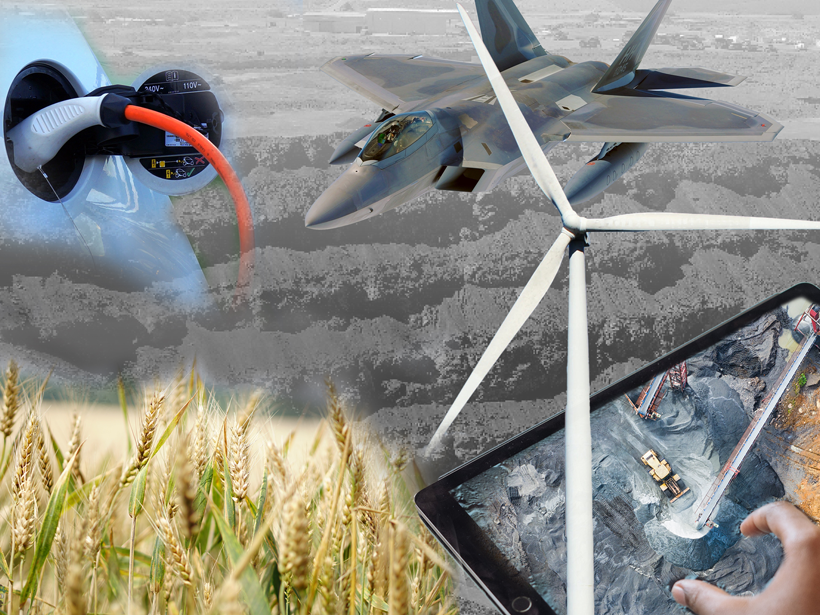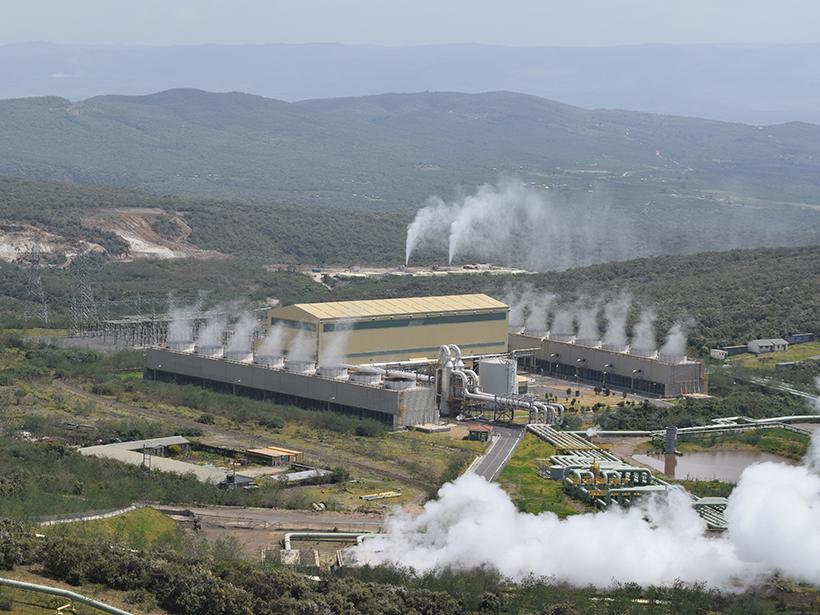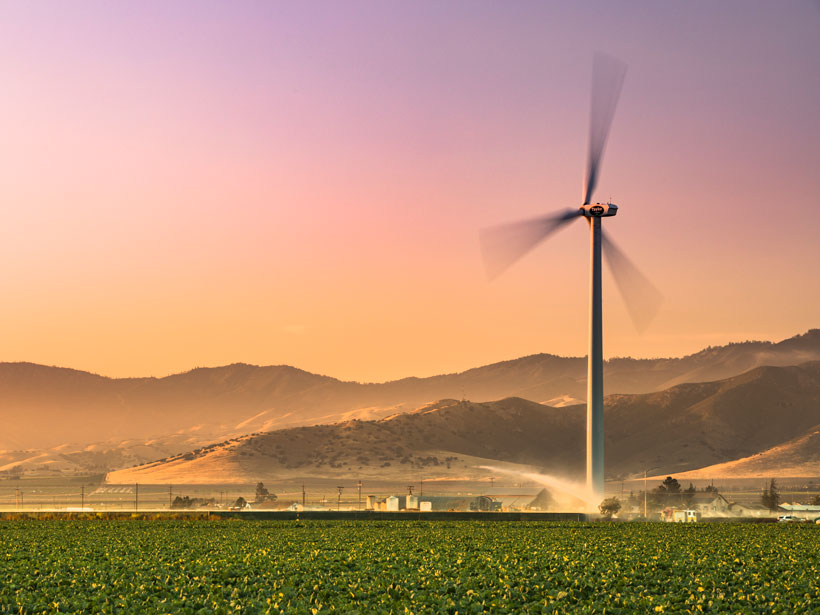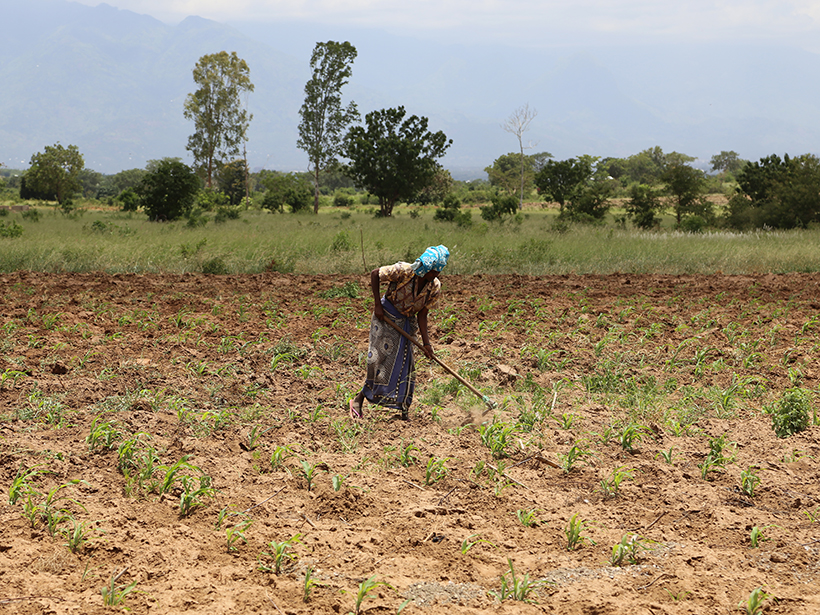Paleoclimate databases are powerful tools for improving climate models. The recent work of speleothem researchers offers lessons on creating a lasting database and fostering the needed mindset.
Science Updates
Advances in Satellite Data for Wildfire Smoke Forecasting
Observations from the newest geostationary Earth-observing satellites are offering valuable views of fire progression and smoke plume development and helping simulate impacts from large wildfires.
Assessing Social Equity in Disasters
Natural hazard impacts and resources allocated for risk reduction and disaster recovery are often inequitably distributed. New research is developing and applying methods to measure these inequities.
Amateur Radio Operators Help Fill Earthquake Donut Holes
Ham radio networks gear up to provide real-time, on-the-ground information about earthquake shaking and damage when other communication pathways are knocked out of commission.
The Imminent Calving Retreat of Taku Glacier
Long an anomaly among glaciers, advancing while most others shrank, Taku Glacier is starting to succumb to climate change, offering an unprecedented look at the onset of tidewater glacier retreat.
Geological Surveys Unite to Improve Critical Mineral Security
A three-nation consortium is pooling geological expertise and resources to address vulnerabilities in supplies of these crucial natural resources.
Geoscientific Monitoring of Olkaria’s Geothermal Motor
In situ geophysical measurements from Kenya’s Olkaria geothermal field, integrated with remote sensing and meteorological data, shed light on subsurface energy transport to and from the surface.
A New Era of Debris Flow Experiments in the Oregon Woods
What do a backhoe, expanding foam, half-ton concrete blocks, and a 100-meter-long hillslope slide have in common? All were part of reviving the U.S. Geological Survey’s experimental debris flow flume.
Solving Shared Problems at the Food, Energy, and Water Nexus
A 15-year-old partnership among Chinese and U.S. scientists studying challenges in our food, energy, and water systems has revealed that solutions are best achieved through international collaboration.
Sowing Seeds of Food Security in Africa
An innovative program focused on collaboration and capacity building is looking to improve outcomes for smallholder farmers, reduce hunger, and alleviate food insecurity in sub-Saharan Africa.

